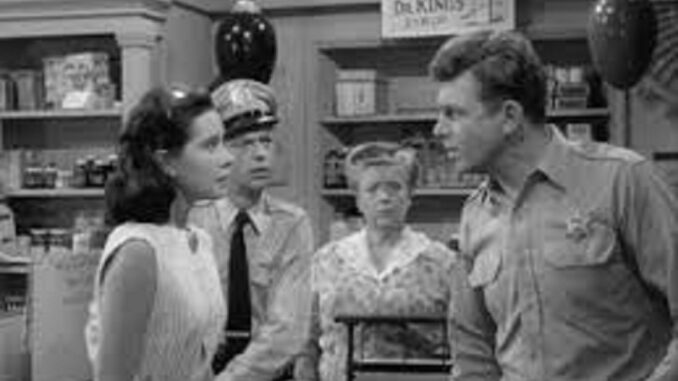

Oscar-winning director Ron Howard is most notably recognized for films like Cinderella Man, Apollo 13, and A Beautiful Mind — the latter of which earned him two Oscars. Prestige has followed Howard throughout his life — from his time portraying Andy Griffith’s young son Opie on The Andy Griffith Show, to his iconic role as Richie Cunningham on the 1970s sitcom Happy Days, to his ultimate position as a highly in-demand filmmaker.
Howard’s most recent project is the Disney+ documentary Jim Henson: Idea Man, a look at the intensely creative and prolific life/career of the Muppets’ creator. The documentary is currently up for nine Emmys, including Howard’s personal nomination for Outstanding Directing For A Documentary/Nonfiction Program.
For his Treat, Howard shares a profound experience from a recent trip to Thailand with his wife Cheryl. During their stay, they observed local monkeys that came into the resort where they were staying, noting how these animals have developed a mutual respect with humans, adapting seamlessly to their shared environment over the years. Howard was struck by the intricate dynamic between the two species, marveling at the monkeys’ intelligence and adaptability. He found inspiration in how the monkeys have adapted to the resort area while humans are learning to coexist with them, highlighting the complex and nuanced relationship between nature and humanity.

My wife Cheryl and I recently had an opportunity to go to Thailand. This place where we were staying had this large group of monkeys,two different kinds of monkeys. They came down from the mountains, and they just would walk through the resort and everybody knew to leave them alone because they were wild. They would interface with people and tourists, and everyone would just be in awe.
These monkeys were smart enough to kind of have adapted and know to go through the trash and to just check out the resort. Sometimes they would take over a house, not the inside. We were all told to shut the doors, but I mean, they would just decide they liked this roof, and there wasn’t anybody [that was] going to chase them away or give them a hard time. It was cool. They were enjoying that roof for a half hour, and that was that.
For years, the town that had been a village and now this kind of resort area knew how to cooperate with the monkeys and vice versa. It was like there was a give-and-take. They were in awe of seeing these creatures come down with such confidence and just do their thing: Babies running around, learning how to climb, falling right there, like a close, close encounter. And the monkeys had learned how to take advantage of these human beings being down here, for better or worse.
I can’t remember the names of the two different groups, but one was a little bolder, and the other one kind of kept to the trees and would come down, sort of covertly… But the other group, much more brazen, more like the whole town came down there. Again, they’re bringing their babies, and you’re seeing the babies learn to climb, and fall, and [you’d] see the mother grab the baby. It was really an opportunity to observe.
Cheryl and I were just knocked out by this, and day after day, we’d get up early in the morning to see them come down. Then they would come again in the late afternoon, and they’d come and go up into the mountain. It was really inspiring because, by hook or by crook, nature and absolutely contemporary human beings were somehow figuring out how to deal with one another and coexist.
Leave a Reply